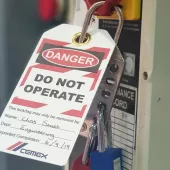Working in Isolation

First published in the July 2023 issue of Quarry Management
Making LOTOTO a Philosophy, not a Burden
Contact with moving machinery is clearly understood to be a potential killer and remains one of the Mineral Products Association’s Fatal 6. The presence of crushing, conveying and mixing equipment alone has made the mineral products sector one of the flagship industries in terms of awareness and commitment to using LOTOTO (Lock-out, Tag-out, Try-out) to save lives. Robust LOTOTO must remain at the forefront of operations and complacency should never lead to any relaxation of safety practices.
Using a recent tragic incident as an example, we ask the question: Would anyone in their right mind work in this equipment to remove routine blockages without safely isolating it to prevent it being turned on? The answer, sadly, is ‘yes’. The machine in question (a trommel screen) was not isolated and as a direct result a man lost his life and three managers received custodial sentences. A tragedy that could have been averted by LOTOTO.
Reece Safety have supplied lock-out equipment to the mineral products industry for many years and have been heavily involved in helping to develop good LOTOTO systems to meet the demands. This experience, alongside the more recent training and consultancy service the company now provides across the sector, has given us an in-depth insight into exactly how LOTOTO is employed. It has also demonstrated the more challenging aspects of operations across all industries; this article highlights some of these, with further thoughts to help people continuously improve their safe systems of work.
Simple and complex isolation
A simple isolation is where one person applies their personal lock, with a notification tag, on to a hasp which has been applied to the isolation point. Simple isolation usually involves a single person, single energy source, low-risk task, with less than four actual isolations needed to achieve desired zero energy. The best practice is to attach the tag through the shackle of the padlock and to use a multi-lock hasp to allow an immediate and safe location for secondary locks in the event of another operative joining the work in progress. Each lock should, theoretically, have a separate tag to show the contact details of the individual owning the lock – the very least is a tag showing the isolation owner. Engraved locks work well to achieve this, and a single tag can then be used to indicate the work details.
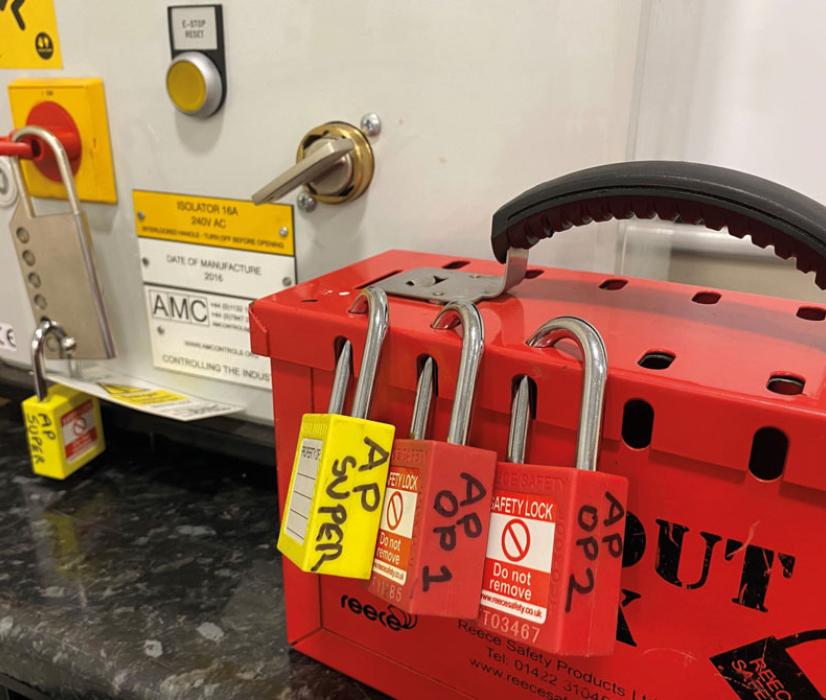
Complex isolation introduces a far greater need for control through a simple system with the correct LOTOTO equipment. The question is, ‘when does it become complex?’ We suggest that whenever multiple locks are involved it becomes complex – basically anything more than a single worker. An engineer may have a set of four keyed alike locks – still a simple isolation as they are the ‘authorized person’. Complex isolation is often phrased as multiple persons, a variety of energy sources, higher risk, and typically five or more isolation points.
A clear definition of the role and responsibility of the ‘authorized person’ supervisor (or equivalent title, eg isolation controller etc) is needed for successful complex isolation. They are the first lock on and last lock off. Most people will introduce a ‘master’ lock with any complex isolation and this lock is applied by the authorized person supervisor.
Dedicated ‘plant locks’, all marked up with the isolation point and plant name, are an increasingly popular solution for complex isolations. It may take a bit more effort in setting this up, but they reinforce the routine of the LOTOTO process for larger plant and equipment. Having a clearly identified authorized person supervisor overseeing the application of dedicated locks, the keys of which are then securely stored with a personal lock of each operative and subcontractor, will form the basis of the best possible practice. The use of a unique ‘master’ lock and tag by the authorized person supervisor will complete this process.
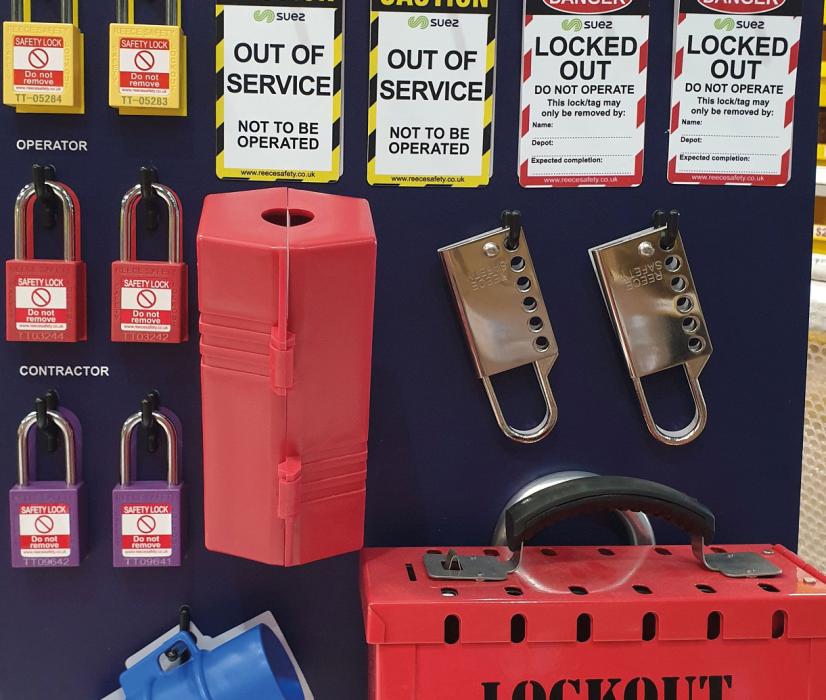
Contractor control
With longer-term planned maintenance and breakdowns, it is easier to plan the safe isolation using the common nine steps for LOTOTO. The pressure to maintain production is always present in manufacturing and this is where we see corners being cut. However, in the main, people who have robust LOTOTO systems in place will manage the process well.
An area we see as being overlooked is where third parties are involved and mistakenly fall out of the robust safety system. Contractors for engineering work and new plant installations must be managed through your own system and many people now dictate that they supply the LOTOTO equipment and ensure safe retrieval upon completion. The biggest oversights we see are on contract cleaners who may need access into hazardous areas and cages and are not well versed in the LOTOTO systems. The use of cleaners is probably less likely in the mineral products sector, but the use of contractors is certainly commonplace – just make sure the same diligence is applied with this workforce and develop a simple system to manage LOTOTO equipment issue and recovery. In some industries, we have often been told that agency staff ‘do not need LOTOTO’.
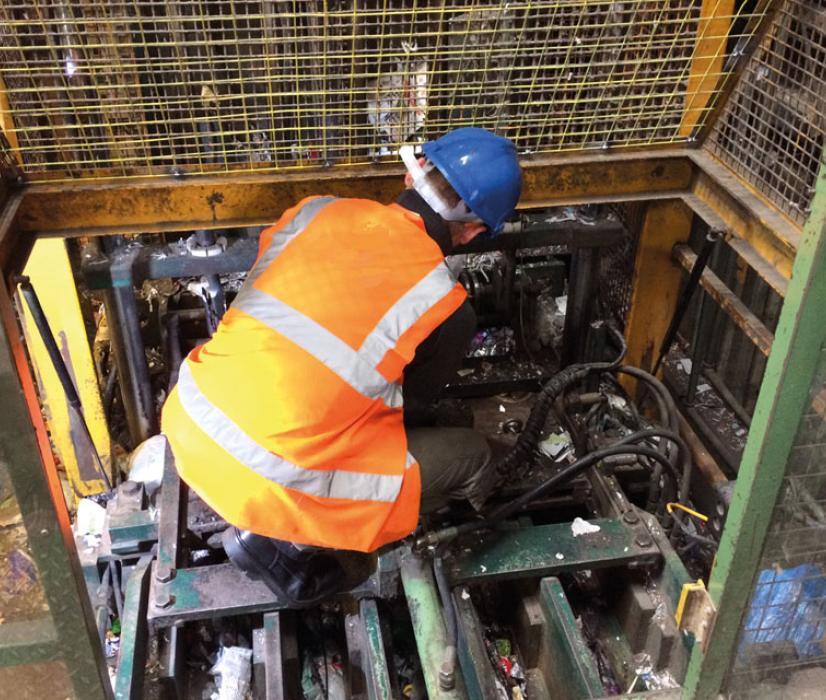
Short-term interventions and LOTOTO
As described above, the bigger stoppages for maintenance and breakdowns are normally well covered with Permit to Work, strict adherence to the nine steps of LOTOTO and the use of prescriptive equipment. The bigger problems potentially lie with short and regular stoppages where access is needed into the equipment to clear blockages, remove debris or to keep the work area clear.
Short-term interventions are now seen as the operations where most LOTOTO systems fail, and people will incorrectly see them as ‘not needing LOTOTO’ as it is such a quick operation. We have seen too many people relying on the control circuit of the safety gate where it is possible for the gate to close and the circuit to re-engage. There can be no deviation from the need for LOTOTO, but it is wise to recognize the need for a slick set up to allow the activity to be conducted without putting people in harm’s way.
Whether it is part of the body or the whole body is not the deciding factor here. For every fatality there must be hundreds of life-changing injuries on limbs that result in long-term absence and possibly the inability to work. Most of these injuries will be caused by short-term interventions where people act with good intentions in the belief that the activity is so short there is no risk.
We would always encourage organizations to drill down and look at these constant stoppages and how LOTOTO is used safely. This where the gaps will be found – it can be very easy to locate essential and frequently used LOTOTO equipment on board or chains.
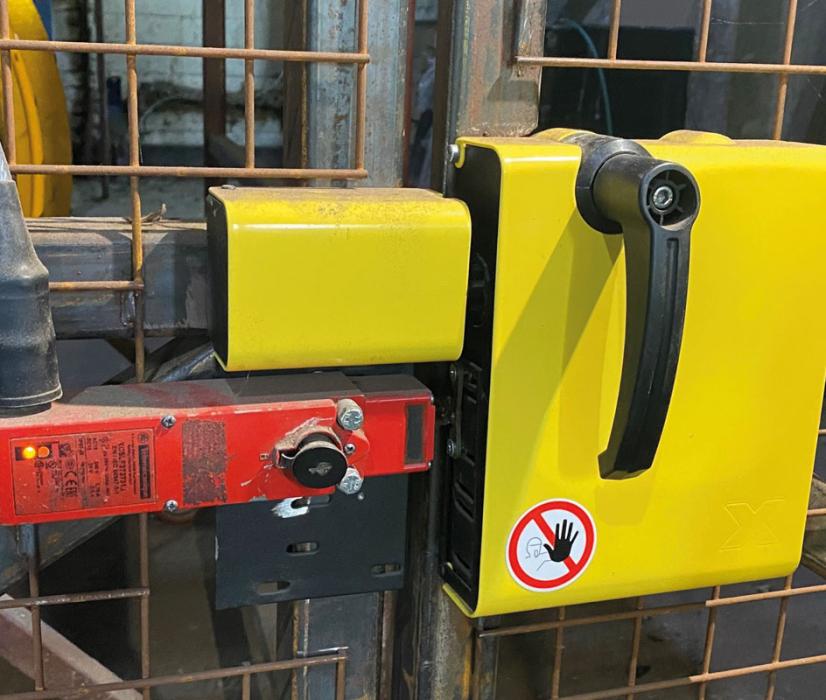
Control-circuit isolation errors
A controversial area to cover is the mistakes seen in corporate procedures where the isolation of control circuits is seen as LOTOTO. This can be seen as a breach in compliance as it does not guarantee the safety of people working on equipment that is still energized. Machinery standards allow short-term intervention under strict guidelines, but they comment that the site must assess the specific requirements for ‘full power isolation’, compared with ‘control circuit interrupt’.
Electrical isolation is by far the most common energy source that is well understood and approached. Locking open a gate which keeps the control circuit broken, via the common two-piece magnetic safety switch, will stop the equipment but does not consider the further de-energization of drives, pressurized systems, and potential energy. All of these may cause a sudden movement of the equipment that could cause major injury. It is like pressing the ‘Pause’ button rather than ‘Stop’. We recommend people challenge any existing beliefs in this area and be certain that the risks are understood and mitigated.
People sometimes struggle to see how applying a lock will protect them from being injured, arguing that it takes more time and they have never been injured. We hope this article will somehow assist in making LOTOTO a ‘philosophy and not a burden’.
Subscribe to Quarry Management, the monthly journal for the mineral products industry, to read articles before they appear on Agg-Net.com


